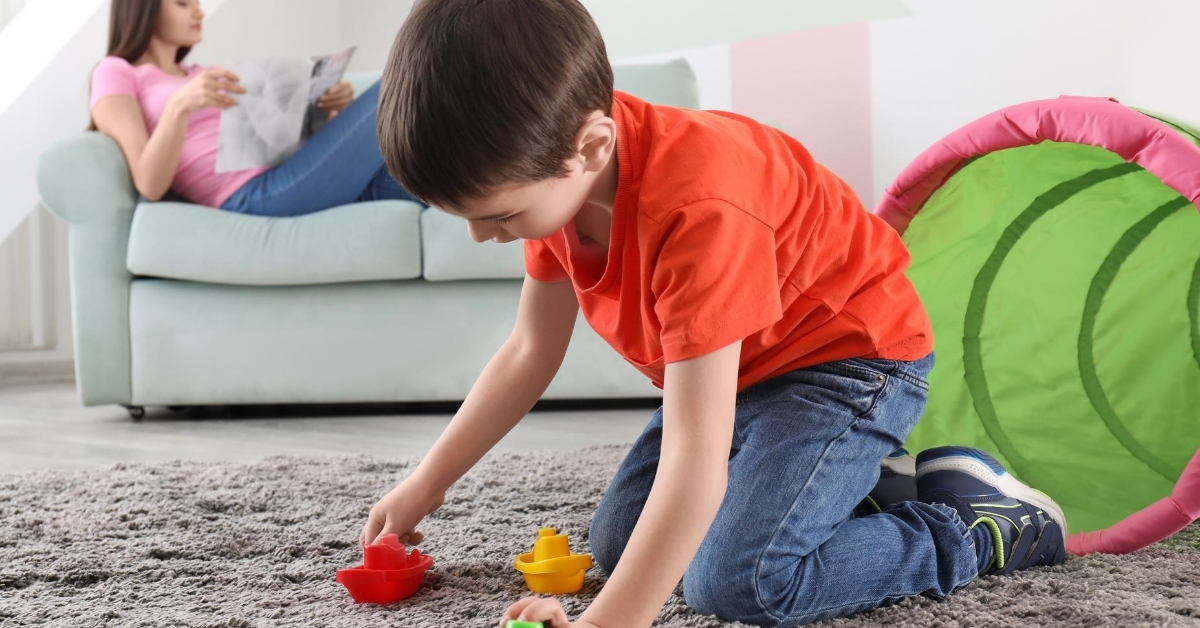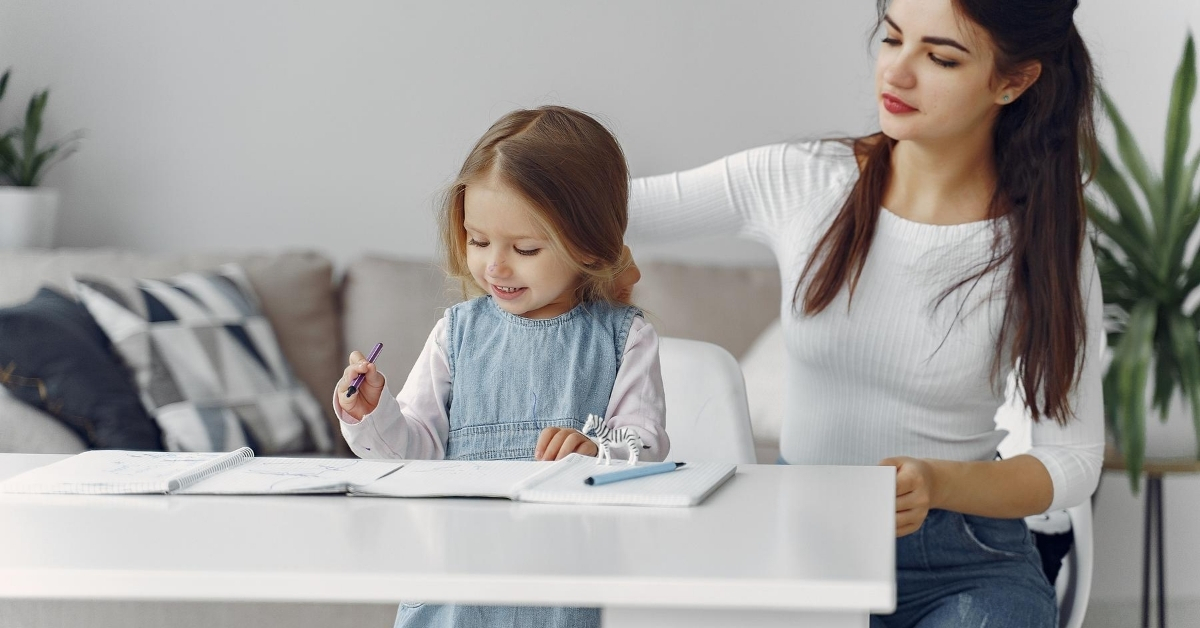I’m taking a short Montessori course for parents who are homeschooling their elementary kids and sharing what I learn here in the blog. This is the fourth article in the series. You can start from the beginning here.
♥
One of the most helpful things that we can do for our kids — especially in these first few weeks of home-based learning — is to observe them.
This is something that’s easy to take for granted. We think that, because we are around our kids all the time, we notice them and what they do, and that’s that. But it’s quite different to do deliberate observation. It’s not glancing up every now and then from our own work to check if our child is doing theirs. It’s actually scheduling a time for sitting down and doing nothing but observing them.
Why is this important? The data that you get while you observe can help you develop your plans for your child, whether those plans have something to do with their lessons or with your home environment. Even if, from the get-go, you already have great ideas for how to implement a home learning program, nothing ever really goes completely according to plan, or there are always improvements that can be made, and observation gives you objective data that can help you make tweaks when and where necessary. For example, if you notice that your child seemed fascinated with a particular animal in his book, you can plan future activities based around that. If you notice that your child gets distracted by something near his work station, you can move them (or the distraction) somewhere else, or you could look into getting noise-cancelling headphones.
(While writing this, I tried to observe my son while he was playing with blocks in our living room and I noticed that he got distracted by…all sorts of things! Ayayay.)

Notes:
- Observation is ideally done at least 10 minutes a day, every day.
- If you don’t know how to start, just watch and record everything that happens, as it happens in a running record format. This is called continuous observation.
- If there’s a particular behavior you’re interested in, try to see what happens immediately before it and immediately after it. You could also record how often it happens, whole day or at different times of the day, to identify patterns.
- If observation makes your child conscious — who likes someone looking over their shoulder as they work, right? — you can get a cup of tea/coffee, sit down, pull out your journal, and do more subtle surveillance.

